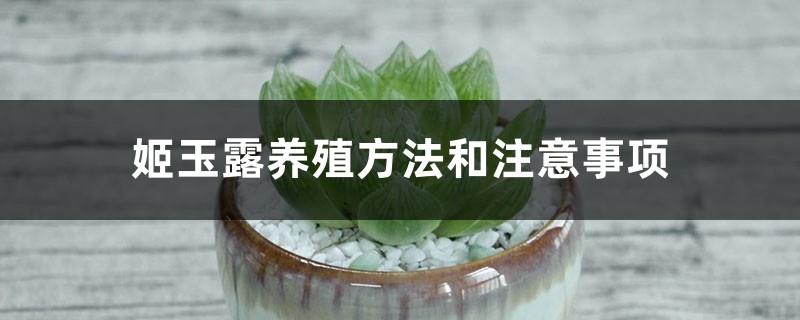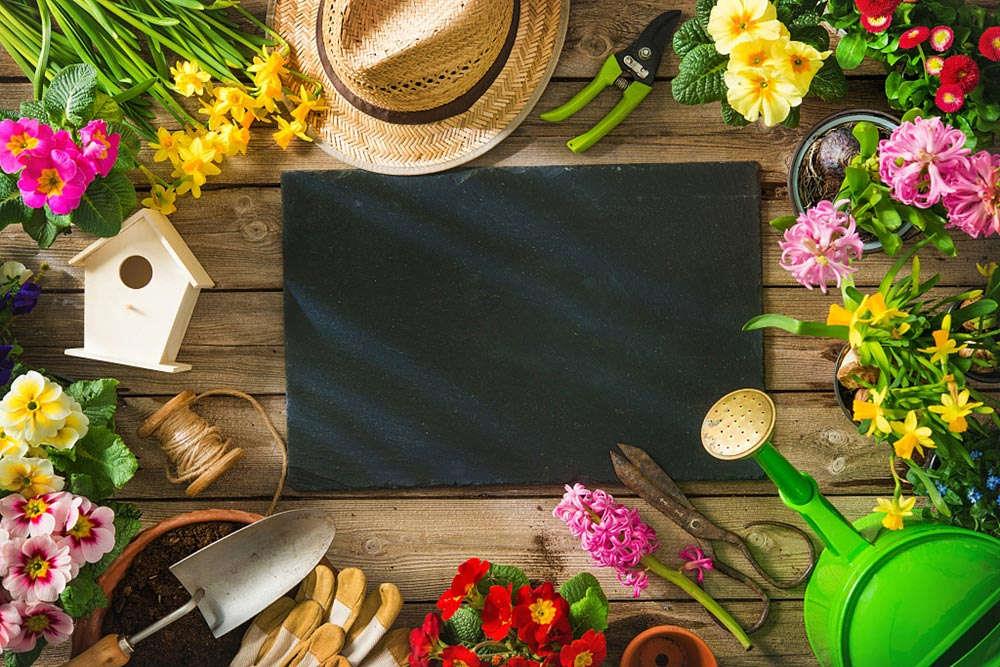Jiyulu breeding methods and precautions
Last Update :2024.11.09
Article Catalog
Pot soil: Choose loose, fertile, well-permeable soil, suitable for growing in calcareous sandy soil; Watering: Follow the principle of "don't dry it, don't water it, water it thoroughly"; Temperature: The suitable growth temperature is 15℃-25℃, keep above 5℃ in winter; light: astigmatism to prevent burns; in spring and autumn, you can change pots, pay attention to timely pruning.

Breeding method
Cultivation methods
Pot soil
Ji Yulu likes loose, fertile and well-permeable soil, which is suitable for plants containing Grows in calcareous sandy soil.
First put larger-grained orchid stones on the bottom of the pot, add Ji Yulu, and stretch the root system. While holding Ji Yulu with one hand, pour granular soil (mixed with a small amount of peat) along the pot wall with the other hand. Install to the end of 0.5cm from the edge of the pot.
Watering
Ji Yulu should follow the principle of "don't water it dry, water it thoroughly" during its growth period. Avoid water accumulation in the soil and avoid rain, otherwise the roots will rot.
Ji Yulu is not suitable for long-term drought. In a drought environment, the leaves of Ji Yulu will become shriveled and dim.
When the air is dry, you can spray water on the surrounding environment to keep the air humidity between 70 and 90.
Temperature
The suitable growth temperature of Ji Yulu is 15℃-25℃. The temperature in spring and autumn is suitable during the growth period. , enters dormancy in summer, and the room temperature should be kept above 5°C in winter.
Light
Ji Yulu is relatively sensitive to light. Excessive light will cause the leaves to grow poorly and turn into light reddish brown. Strong direct light will also cause Burn leaves.
If there is insufficient light or the breeding site is too shaded, the shape of Ji Yulu will become loose and the leaves will change from thick to elongated.

Notes
Repot
Ji Yulu's root system will secrete acidic substances to acidify the soil, so it should be repotted in spring or autumn.
If the leaves are found to be shriveled and thin during the growth period, and the plant no longer grows, it is necessary to repot it in time.
Pruning
When changing pots, cut off the excess roots and branches, cut the overly long branches short, and try to keep the new ones. root.
When handling the scape of Ji Yulu, do not cut it off with scissors, but pull it out by shaking it left and right with your hands to avoid leaving the remaining flower stalks in the leaves, which is not good for the growth of new leaves.
Replace the soil
Ji Yulu’s soil should be replaced in time. Failure to change it for a long time will lead to root aging and bring harm to Ji Yulu. If diseases occur, the soil can be treated with high temperature when changing the soil to prevent the threat of pests and diseases.

Precautions
- END -
When do daffodils bloom?

Daffodils are different from other flowers. They are dormant in summer and bloom i...
Baiying breeding methods and precautions

Temperature: The optimal temperature for maintaining Baiying is around 20 degrees....